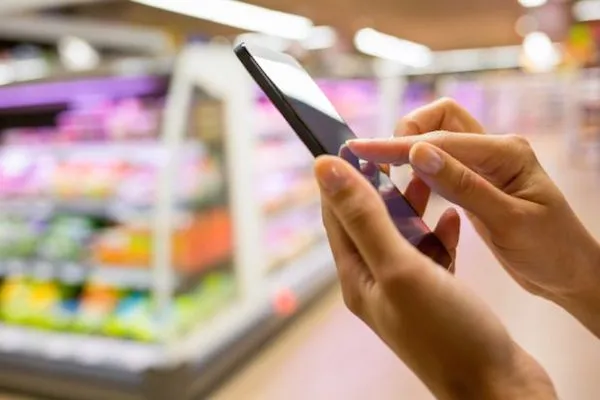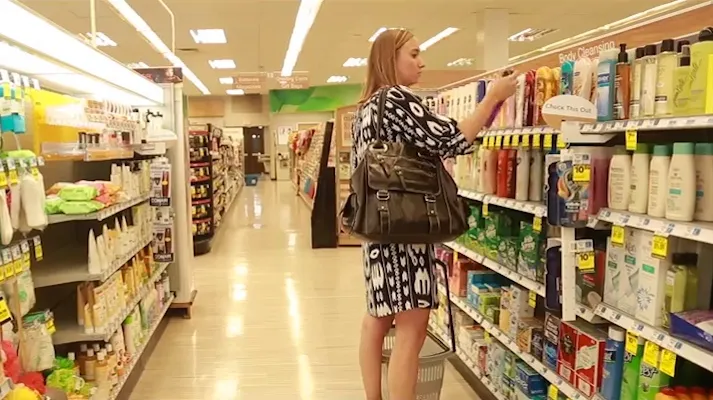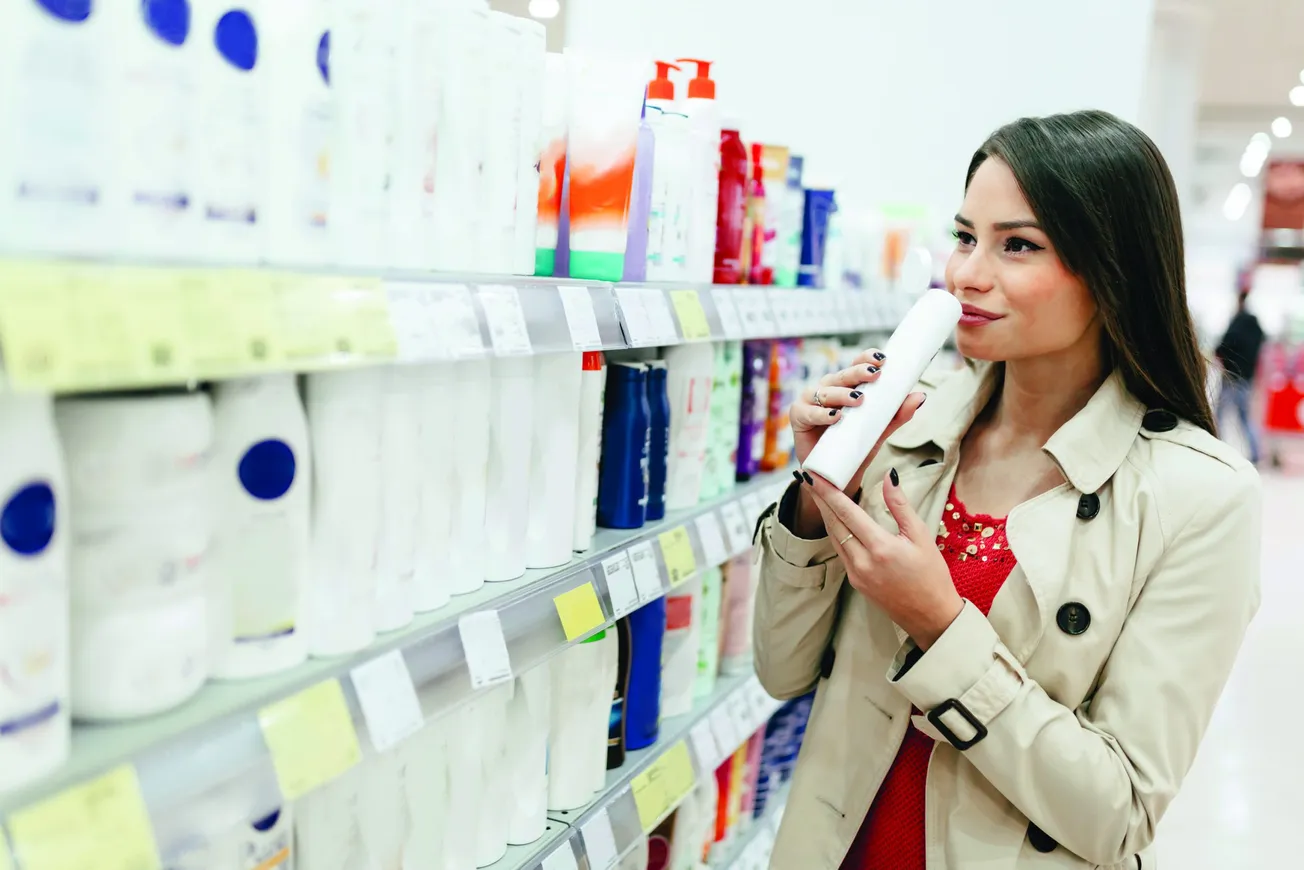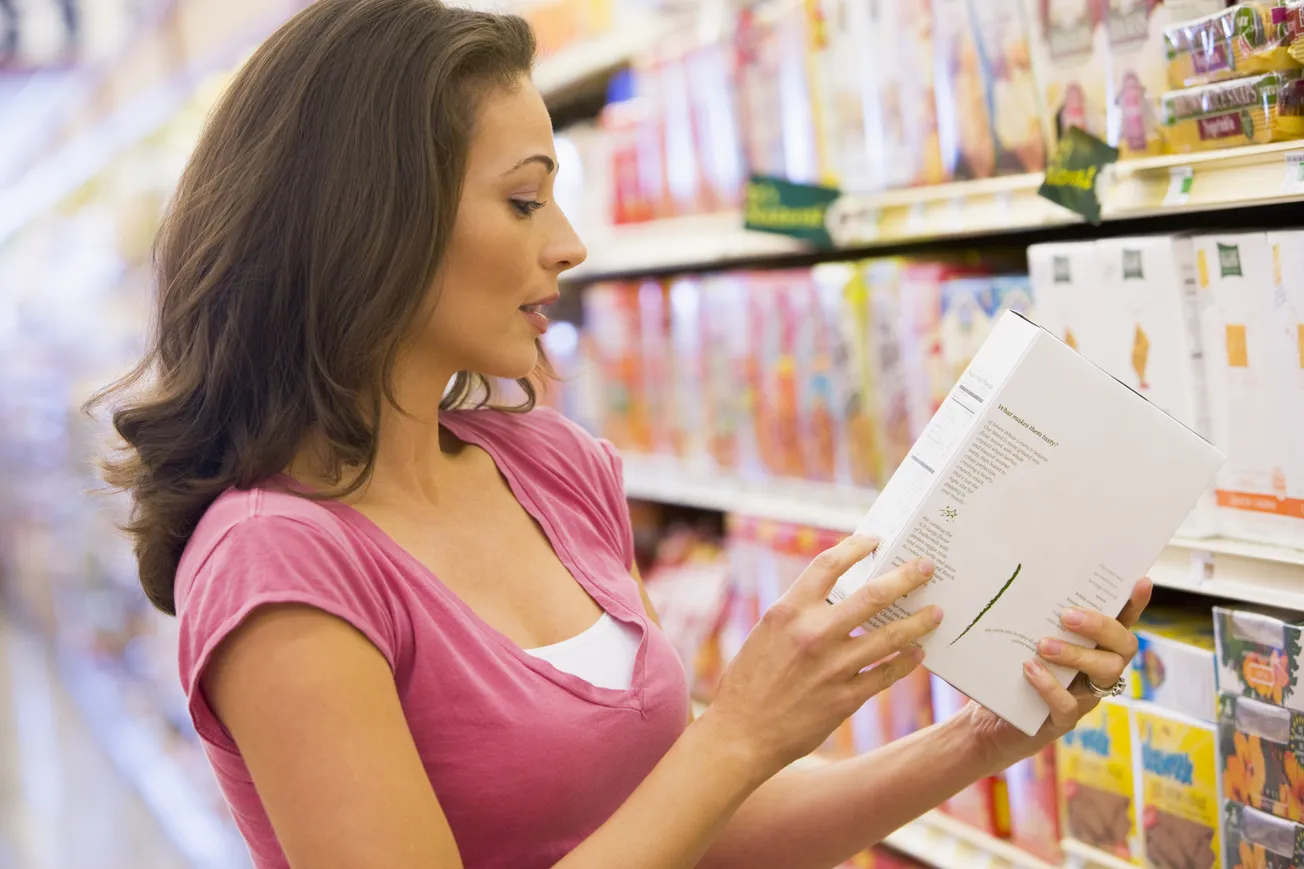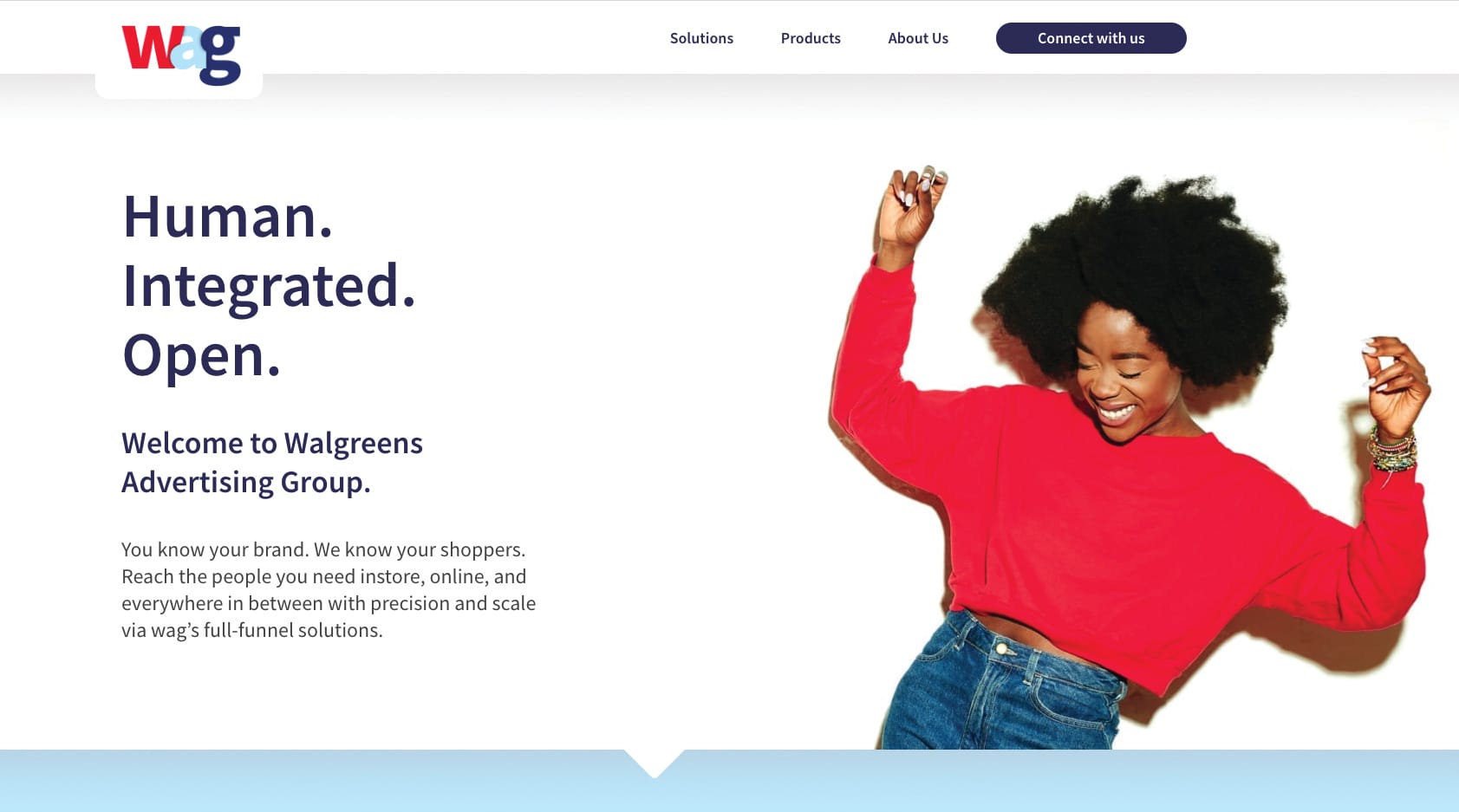
Walgreens has developed a range of retail media tools with multiple customer touchpoints.
In today’s landscape, retail pharmacies only account for 2% of the $100 billion dollar ad spend from brand- and vendor-funded retail media, according to WPP media company GroupM. Retail media creates first-party data opportunities for any brand who wants to target high-intent shoppers in a privacy-compliant advertising ecosystem, including on physical retail shelves, TV screens in-store, video screens at gas pumps and digital screens at pharmacy checkout.

Brian Owens
Research by Forbes shows that retail media is the future of shopper marketing success, with 74% of brands now having dedicated budgets for retail media advertising. ndustries such as grocery, electronics and department stores are outpacing retail pharmacies in retail media spend. More pharmacies with retail media networks should consider offering more pharmacy-programmatic brand programs, which will provide more access to suppliers who want the wealth of patient data, purchase history and an always-on roster of health care professional influencers.
How Does Retail Media Work?
If retailer X knows that a particular YouTube channel reaches its target audience, it can now buy ads against that audience and leverage contracted influencer talent to create organic and paid brand content. Traditional medias use digital media to drive awareness but often waste media dollars on the wrong target consumers — for example, using outdated third-party purchase data that lead to moms whose kids are no longer wearing diapers or advertising to shoppers who don’t shop at Walmart.
With retail media, Walmart is expected to collect $3.14 billion in retail media ad revenue by the end of 2023. This means that brand X can advertise more directly to Walmart’s shoppers on its store’s digital properties, including on Walmart connect or any e-commerce and off-site across the open Web. In turn, retail media analytics will produce real-time supplier purchase data to not only target buying consumers, but also measure the impact of their media investment on actual in-store sales.
How to drive awareness with retail media?
Retail media is primarily utilized within retail pharmacies to drive awareness to public health, pharmacy products and services. The most common example of pharmacy retail media programming comes from the vaccines category. During the COVID-19 pandemic, many of the larger retail chains with multiple locations wanted to promote vaccine awareness and encourage vaccination amongst its customers. Strategies that CVS and Walgreens deployed utilized their newly formed retail chain’s media channels, which includes digital platforms for in-store digital signage, website banners, mobile apps and targeted messages to its customers.
Walgreens specifically created dynamic engagement and educational social media videos featuring testimonials from medical professionals and vaccinated individuals to address common concerns and misconceptions. CVS Health utilized member data analytics and customer insights to identify areas with low vaccination rates and customized campaigns for those specific locations. Both leading drug retailers offered incentives, such as loyalty points, to their most ardent customers who showed proof of vaccination at their retail locations.
Most of the COVID and flu vaccine retail media pharmacy supplier campaigns lasted at least a month, running educational content across various programmatic media channels and in-store vaccination clinics, in partnership with local health care providers. These campaigns have ultimately led to vaccine uptake increasing significantly in the targeted communities, with a noticeable rise in CVS and Walgreens vaccination rates on public reports.
How to influence conversion with retail media?
Influencer marketing is one of the fastest customer-acquisition methods for brands and retailers. Pharmaceutical companies are now incorporating influencer marketing tactics as a new pharmacy conversion strategy. Retail media influencers or creators provide a huge opportunity for any pharmaceutical company looking to engage with larger community audiences with more targeted and meaningful messages.
Health care providers or pharmacist influencers who can give provide advice to patients are the most impactful demand creators for pharmacy brands. HCP influencers provide advocacy to patient education barriers and create safe spaces mental health content which provides inspiration to chronic suffers and their caregivers.
Pharmaceutical companies are leveraging HCP influencers to win with key audience needs, desires, motivations and commerce solutions. Those pharma marketers obsessed with conversion should reconsider spending more linear TV or above-the-line marketing and spend more on retail pharmacy retail media. Here are some retail media influencer strategies to consider as more brands scale faster with retail pharmacy media creators.
- Identify the right influencer for their pharma products.
- Make influencers feel privileged.
- Identify the right marketing goal and build a strategy with the influencers.
- Create content that best resonates with the brand product and audience.
- Select the right social media to convey your message and achieve your goal.
Final takeaway
As influencer marketing grows across pharmacy and cost for health care professional influencers or nano influencers (3,000 to 35,000 followers) talent increases, more pharmacy brands should overinvest today and prenegotiate influencer talent agreements to gain a better future return on influencer always on and/or campaign-focused pharmacy marketing activations tomorrow.
Brian Owens is senior vice president of commerce strategy at VMLYR Commerce.

